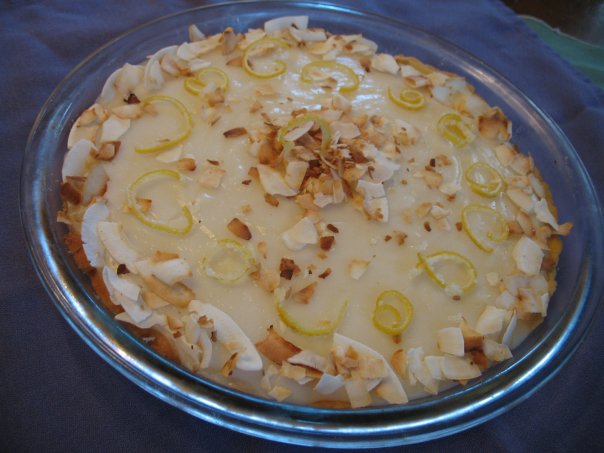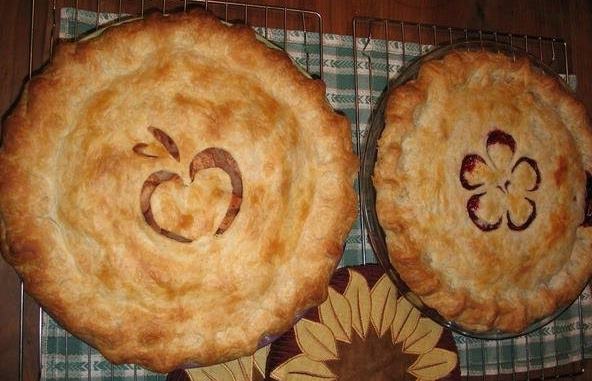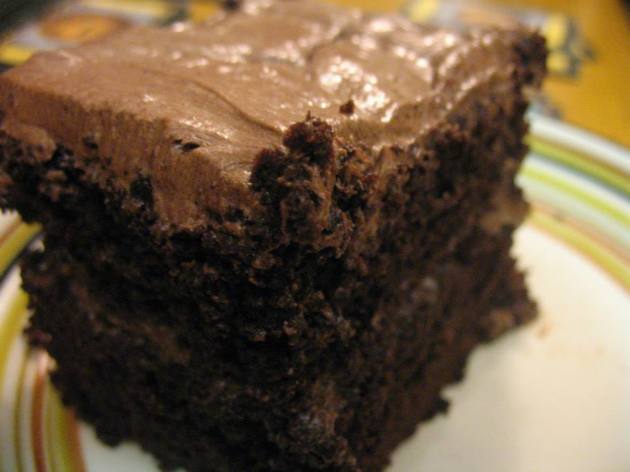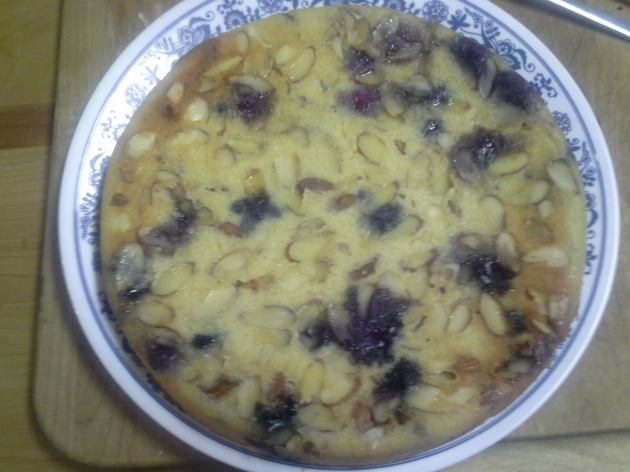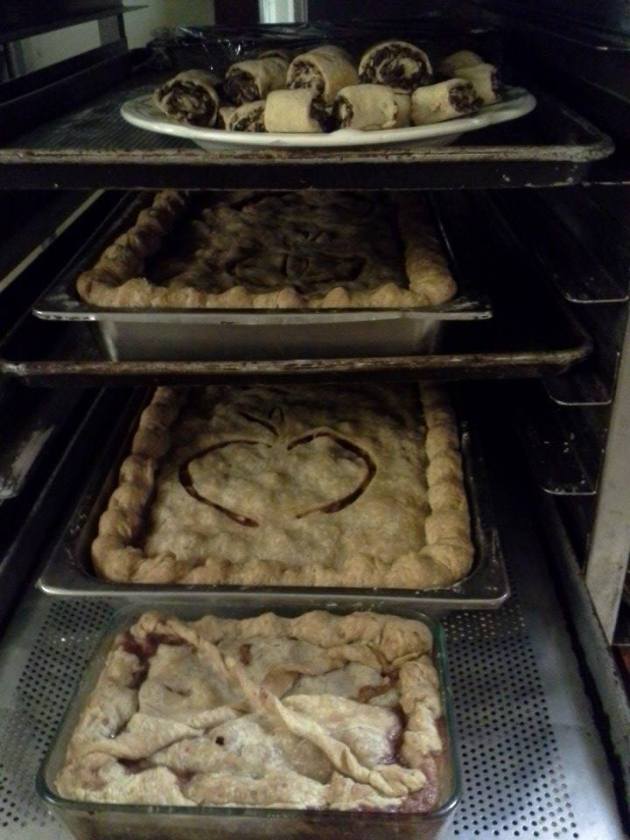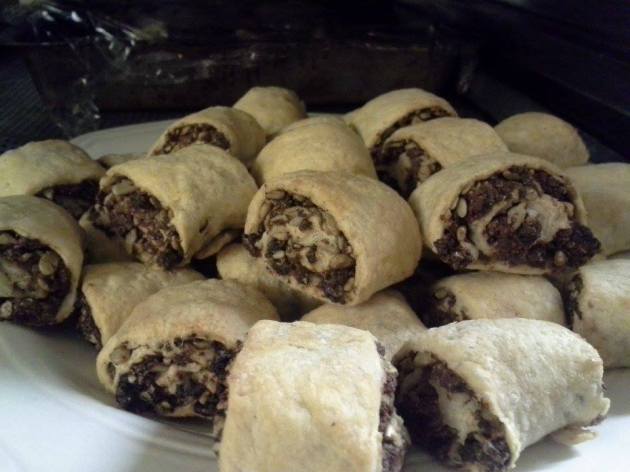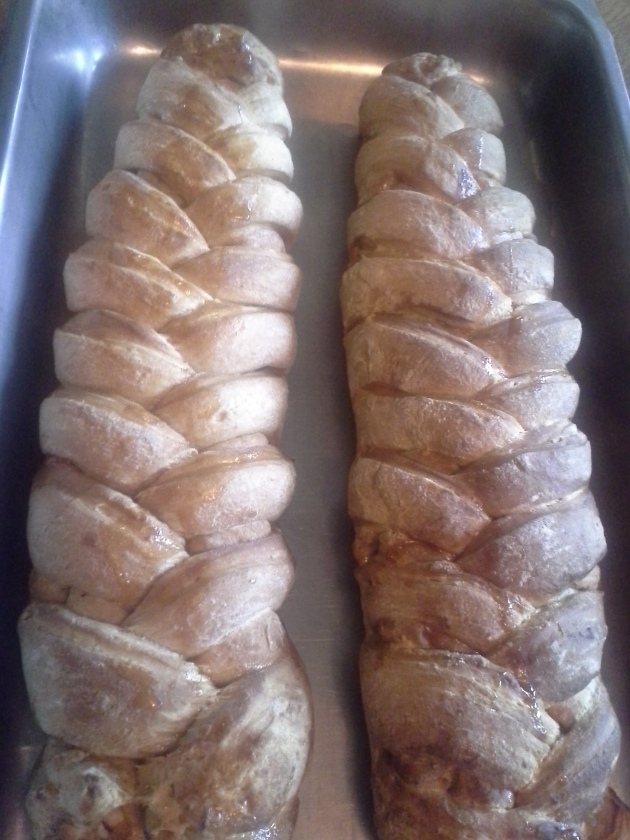Our food & seeds gardens have sometimes grown cowpeas, which are quite similar to BEP’s but rounder. While we freeze some of the edamame soy beans that we grow, the majority of the beans (and rice, and other staples) we find our community eating in winter come from bulk food purchases. We are still rich with veggies not only in the freezer, but fresh potatoes, carrots, beets, cabbage, many greens, turnips, radishes, garlic, sweet potatoes, and most of all, winter squashes!

Cuban Neck Pumpkin, photo by Common Wealth Seeds
People could probably survive a long while on just squash if necessary. Personally, by February I’ll not want to see another squash until next fall, while my undying love for sweet potatoes will carry me through winter as well as summer yearning until the next harvest. Such subtle taste & texture differences, but such vast preferences! It seems almost everyone has a favorite squash or two. Butternut seems an overall fave in fashion, but I’m glad to see many different colorful, variegated varieties around lately too – like delicata. Butternut is a favorite flavor-wise for me, but I’m fascinated by kabocha squash’s creamy texture. It’s a tough call.

Don’t Forget Butternut Squash
Can you guess which squash has the highest nutritional value? I assumed that pumpkins, and similar darker orange flesh squashes, would have more dense vitamins than lighter orange or yellow squashes. As it turns out, butternut wins by far with numbers similar to sweet potato. A 1-cup serving provides a staggering 300% DV vitamin A (from beta carotene, an antioxidant which makes squash & carrots orange, and is great for the immune system & eyesight), plus 50% vitamin C, 15% potassium, 10% magnesium & B-6, plus 5% iron & calcium. Wowza! Pumpkin has less, but comparable nutritional content. Kabocha squash have comparable vitamin levels to pumpkin, but lower calories, plus more iron, protein (3.5 g vs 1.4 g – twice as much), B-vitamins & omega-3’s. Hubbard, Delicata, & Acorn squashes have about a third of the vitamins that pumpkin has. Then there’s spaghetti squash, valued for its fun noodle-like texture (makes great gluten-free noodles!), which could be considered a “diet” squash (a nice way of saying it’s nutritionally deficient compared to other squashes, and low in calories).
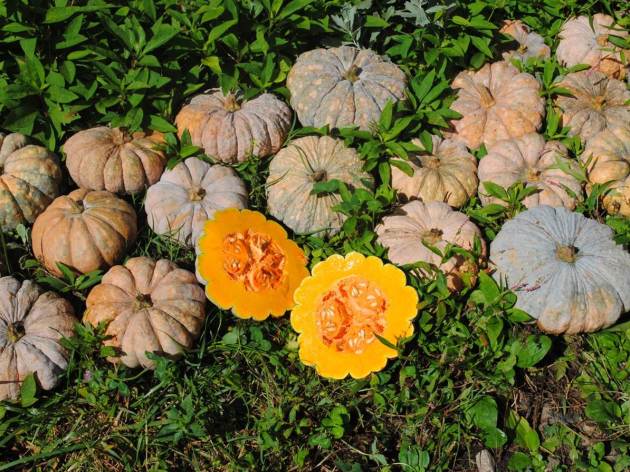
Thai Kang Kob squashes, photo by Common Wealth Seeds
Save those seeds! Roasting winter squash seeds (especially pumpkin, butternut, kabocha) takes only a few extra minutes to do, but saves a lot of extra vitamins & makes a nice addition to salads! Squash seeds are dense with vitamin K, folate, largely more omega-6 than omega-3, lots of iron, magnesium, phosphorus, potassium, zinc, copper, manganese, & selenium; plus more protein and fiber than even the squash itself. To prepare the seeds, scoop them, rinse them while removing the stringy flesh. Toss them with a bit of oil and salt, then spread onto a baking sheet and bake at 350*F for about 15 minutes, til crispy and lightly browned – you’ll hear popping noises coming from the oven.
When it comes to squash, I like it pretty simple: cut into a piece the size of a deck of cards or slightly larger, skin on, roasted til very soft with caramelized browning (about 40 minutes at 350*F). If it’s looking dry, add a little bit of water to the roasting pan. Occasionally, while cleaning the roasting pans, I run into a treat: “nature’s caramel,” squash drippings that set up like candy on the cooling pan… I see potential for a roasted squash creme brule which has yet to come into fruition.

Acorn squash
Growing up, my family most often made acorn squash, roasted halved, served with a pat of butter, maple syrup, & sprinkle of nutmeg in the warm bowl of the squash. Or roasted with a spoonful of cranberry jam, an orange slice and half an apple in the acorn squash bowl (zesty, fruity flavors highlight the squash flavors!). Or sausage stuffing. Or a half a small red onion and a sprig of rosemary or thyme. Or cheese sauce. Basically, fill up the acorn squash bowl with anything scrumptious.
Another great thing to do with squash is to sneak it into other dishes, like casseroles, stir-fries, stews, pasta sauce, veggie burgers, cake, bread, cookies, biscotti, smoothies, coffee… If you like “pumpkin spice” coffee, try adding a couple spoonfuls of actual pumpkin or squash puree for a vitamin boost. A quarter cup of pumpkin contains a day’s worth of vitamin A! The simplest way to make squash puree is to halve the squashes, scoop out the entrails, and roast face-down (skin side up) until soft. Once cooled a bit, slip off the skin and scoop the squash into a food processor. Another way of making squash if you don’t care for the caramelization, or if you’re making baby food, is to peel & cube & boil.
Another favorite dish of mine is Crispy Curried Chickpeas with Squash Slivers. Pre-soak & cook chickpeas if dry, or rinse if from a can. Peel a butternut squash and quarter lengthwise, then slice thinly to get crescent slivers. Mix chickpeas, squash slivers, a couple spoonfuls of your favorite curry powder, salt, and a liberal amount of oil – I like to use a mix of canola and sesame oil for this. Spread onto baking sheet pans (one layer, without too much crowding), and bake at 375*F until the chickpeas are crispy on the outside, about 25 minutes.

Crispy Curried Chickpeas with squash slivers
Pumpkin butter, or squash butter, is great for toast or anything you’d use jam for. Heat pumpkin or squash puree in a big pot on the stove, stirring constantly on medium heat. Add spices to taste (cinnamon, ginger, ground cloves, nutmeg, and allspice), plus optional honey, molasses, or sugar. Cook down until the squash has thickened, which could be up to an hour or so. Put a spoonful of the squash butter on a plate and see if liquid separates out after 15 minutes cooling. Funnel the squash butter into jars, which could get canned, or refrigerated for up to a month.

African Drum Gourds, photo by Common Wealth Seeds
Living with farmers who grow for seed, I feel lucky to get to cook with a huge variety of squashes! This includes heritage varieties which I haven’t found at grocery stores or farmers’ markets – so you might just have to grow some of your own! My favorites have been seminole squash (dark orange flesh like a pumpkin, light tan skin like a butternut), Thai pumpkins (very pie-worthy flavor, and decorative flowery shape), soler (dark green skin, with a thick three inches of flesh – a bit drier of a squash, but great for bulk recipes – you need only cook one massive slice!), and longneck Tahitian melon squash (looooongneck like the swan of the butternut world).

Edmund and Sapphyre at the Common Wealth Booth
Some friends of mine recently created their own farmer-direct seed company, Common Wealth Seeds, with a focus on cucurbit downy mildew resistance breeding, and rare heritage varieties that you can find on their webpage. They also grow many varieties of gourds for drums and decoration. Check out their biggest and smallest varieties, the African Drum Gourd, and the Miniature Bottleneck Gourd. Other favorites for crafts are their Birdhouse Gourds and Warty Bule Gourds for making soup bowls. It’s been inspiring to see Edmund and Sapphyre create their visions, manifested from determined dreams and experiences in the fields.

Sapphyre and Edmund with Birdhouse Gourds, last year
